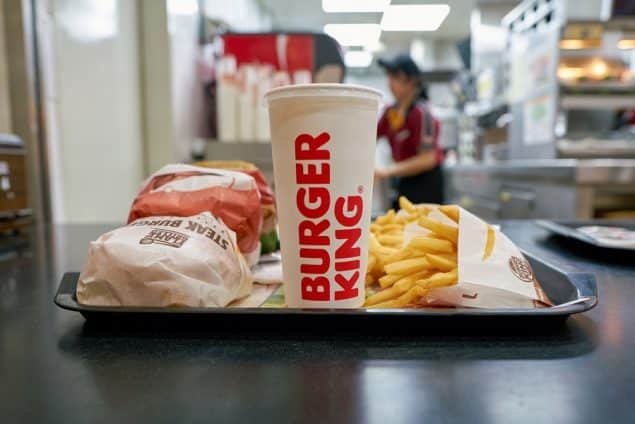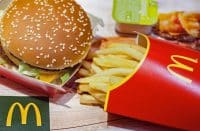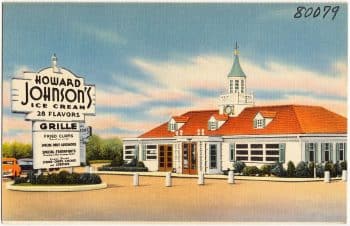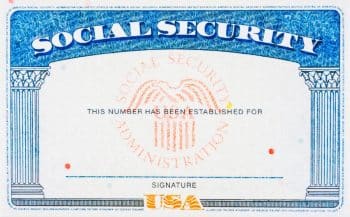Home » Spotlight • US business news » 10 Things You Didn’t Know About Burger King
10 Things You Didn’t Know About Burger King
https://www.whatjobs.com/news/usa/us-business-news/10-things-you-didnt-know-about-burger-king

By Hugh Fort in Spotlight, posted April 3, 2024

From humble beginnings in Florida to becoming a global fast-food powerhouse, Burger King has a history spanning more than seven decades.
Its flame-grilled Whopper is legendary in the annals of fast food lore but there’s much more to this iconic brand than meets the eye.
The company has seen ownership changes, sparked fierce rivalries, lawsuits and pioneered marketing campaigns that have left an indelible impact on the industry.
Here are 10 things you may not know about Burger King.
It Was Called Insta-Burger King
Burger King started in 1953 in Jacksonville, Florida.
It was originally called "Insta-Burger King".
The name was inspired by its Insta-Broiler machine, which promised quick service and delicious burgers.
The founders, Keith J. Kramer and Matthew Burns, had envisioned a fast-food chain that could rival McDonald’s.
But the original Insta-Burger King faced financial difficulties.
This led to its purchase by Miami-based franchisees James McLamore and David Edgerton in 1954, who simplified the name to Burger King.
They restructured the business, focusing on the franchise model and introduced a more efficient cooking method.
The Legendary Whopper
The Whopper made its debut in 1957, costing 37 cents.
It was introduced by McLamore and Edgerton as a larger burger option to differentiate Burger King from its competitors, particularly McDonald's.
Its success was instantaneous, becoming Burger King's hallmark product.
It has been a staple of the menu ever since, undergoing various recipe tweaks and marketing campaigns, embodying Burger King's commitment to taste and size.
It represents the brand’s promise of allowing customers to have their burger their way, through customization.
Need Career Advice? Get employment skills advice at all levels of your career
Ownership Changes
Throughout its history, Burger King has seen numerous ownership changes, each bringing its own strategy and vision for the brand.
After its establishment and early struggles, it was McLamore and Edgerton's leadership that began the chain's expansion.
In 1967, Pillsbury acquired Burger King, marking the start of corporate ownership.
The 21st century saw ownership by TPG Capital, Bain Capital, and Goldman Sachs in 2002, and in 2010, 3G Capital, a Brazilian private equity firm, acquired it.
These changes often led to shifts in strategy, focusing on international expansion, menu innovation, and modernization of the brand.
Menu Expansion
In an effort to broaden its appeal beyond teenagers and young adults, Burger King expanded its menu in the early 1970s to include fish sandwiches, chicken sandwiches, and salads.
This diversification was part of a larger strategy to compete more directly with McDonald's and to cater to a wider range of dietary preferences and meal occasions, including breakfast.
The expansion into breakfast offerings was particularly significant, establishing Burger King as a morning destination with items like the Croissan'wich.
The "Burger Wars"
The 1980s were marked by intense competition in the fast-food industry, famously known as the "Burger Wars."
Burger King directly challenged McDonald's dominance with aggressive advertising campaigns.
This included the notable "Have it your way" campaign that highlighted Burger King's willingness to customize orders.
This era was characterized by a flurry of ad campaigns where fast-food chains compared their products directly to their rivals', attempting to lure customers with promises of better taste, quality, and value.
Another famous example of this is Wendy's famous "Where's The Beef?" commercial.
Its Global Expansion
Burger King’s expansion beyond the United States began in 1963 with a store in Puerto Rico.
Today, it operates in over 100 countries, often adapting its menu to local tastes and dietary practices.
This localization strategy has led to unique offerings such as beer in German outlets, halal-certified menus in Muslim-majority countries, and the black Kuro Pearl burger in Japan.
Such adaptations underscore the brand’s global strategy of blending its core offerings with local culinary preferences to appeal to a broad customer base.
The expansion hasn't always been smooth, with the company facing issues like having to operate under a different name in Australia.
Its Innovative Advertising Campaigns
Burger King has a history of innovative, often provocative, advertising campaigns that have pushed the boundaries of traditional fast-food marketing.
These included the Subservient Chicken campaign, which featured a website where users could command a person in a chicken costume to perform various actions.
Other famous campaigns include the Whopper Sacrifice campaign, which encouraged Facebook users to unfriend people for a free Whopper.
These campaigns used viral marketing and social media to engage customers in unconventional ways, generating significant attention and debate.
The "Have it Your Way" Slogan
This move was a dream come true for people who don't like pickles.
Launched in 1974, the "Have it Your Way" slogan encapsulated Burger King’s approach to customer service and customization.
This move set it apart from McDonald's, which at the time did not offer burger customization.
This slogan helped to define the brand’s identity.
It emphasized individual customer preferences and the ability to tailor orders.
It was a declaration of Burger King's commitment to customer satisfaction and individuality, which resonated with fussy eaters around the world.
Environmental and Nutritional Changes
In recent years, Burger King has taken steps to address environmental concerns and the demand for healthier options.
This includes pledges to reduce antibiotic use in its beef supply chain.
It has also introduced plant-based products like the Impossible Whopper.
These initiatives reflect a broader trend in the fast-food industry towards sustainability and nutrition.
Consumers have become increasingly aware of the environmental impact and health implications of their food choices, and Burger King.
The Burger King Mascot
The King mascot, recognizable by his oversized head and regal attire, has been a polarizing yet iconic figure in Burger King’s marketing efforts.
First introduced in the 1950s and revamped in the early 2000s, The King has appeared in numerous advertisements, often in surreal or humorous settings, to capture the audience's attention.
Some people have criticized it for being creepy or bizarre.
It has successfully increased brand visibility and memorability, contributing to Burger King’s unique identity in the crowded fast-food market.
Follow us on YouTube, X, LinkedIn, and Facebook














